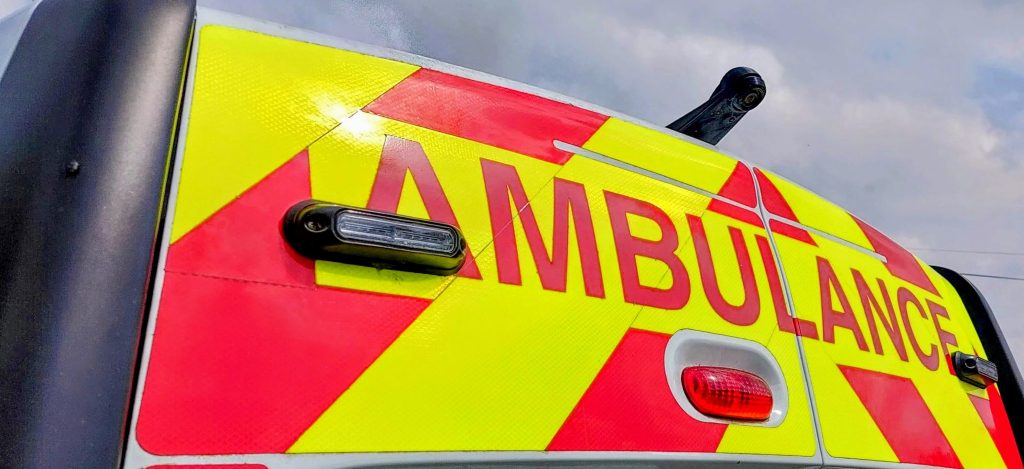 999 Family
999 Family
The evolution of the London Ambulance Service
Early Beginnings
The roots of ambulance services in London trace back to 1879 when the Metropolitan Asylums Board introduced horse-drawn ambulances to transport patients with infectious diseases. By 1915, the London County Council established a formal ambulance service, marking the inception of organised emergency medical response in the city.
Post-War Developments
The aftermath of World War II saw significant changes. In 1948, the National Health Service (NHS) was formed, integrating various health services, including ambulance provisions. By 1965, nine existing services amalgamated to form the unified London Ambulance Service, streamlining operations across the capital.
Technological Advancements
- 1970s: Introduction of the Bedford CF ambulance and relocation to a new headquarters in Waterloo.
- 1980s: Deployment of defibrillators in ambulances and the launch of the Helicopter Emergency Medical Service.
- 1990s: Implementation of computer-aided dispatch systems, although not without challenges.
Modern Era
Today, LAS boasts a fleet equipped with state-of-the-art technology, including electric ambulances and advanced life-saving equipment. The service continues to evolve, embracing sustainable practices and digital innovations to enhance patient care.
BM Ambulance’s Commitment
At BM Ambulance Service, we draw inspiration from LAS’s legacy. Our commitment to excellence is reflected in our investment in modern vehicles, continuous staff training, and adoption of cutting-edge medical equipment. We strive to provide unparalleled care, ensuring patient safety and comfort at every step.
For a visual journey through LAS’s history, watch this informative video:
The Evolution of the London Ambulance | Klassic Garage
 BM
BM 